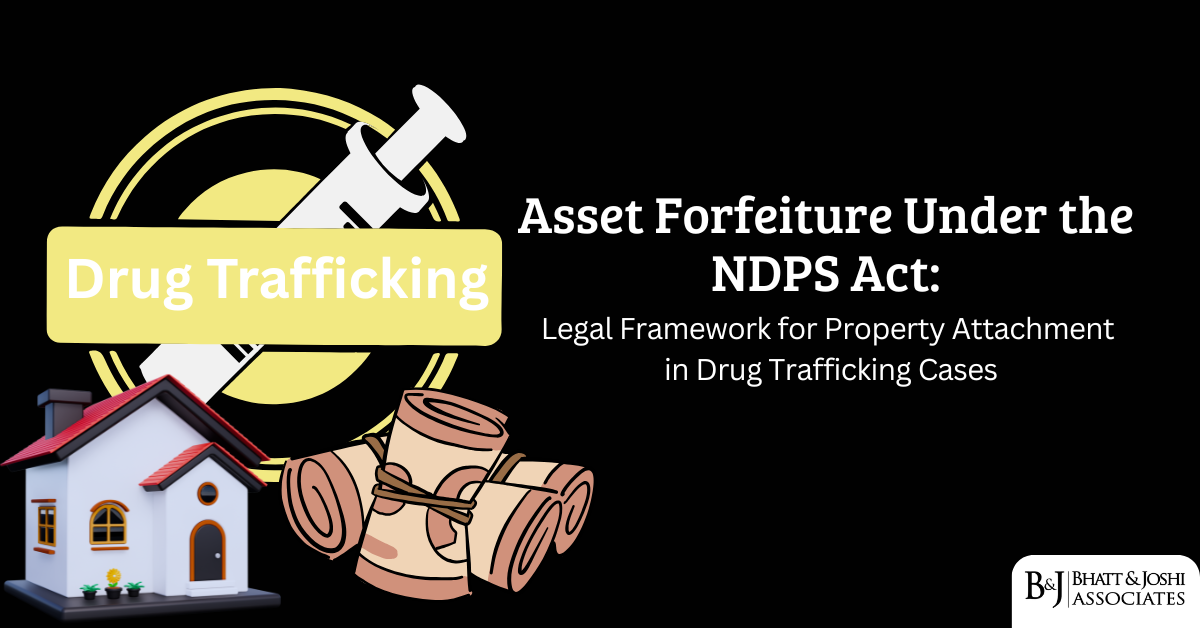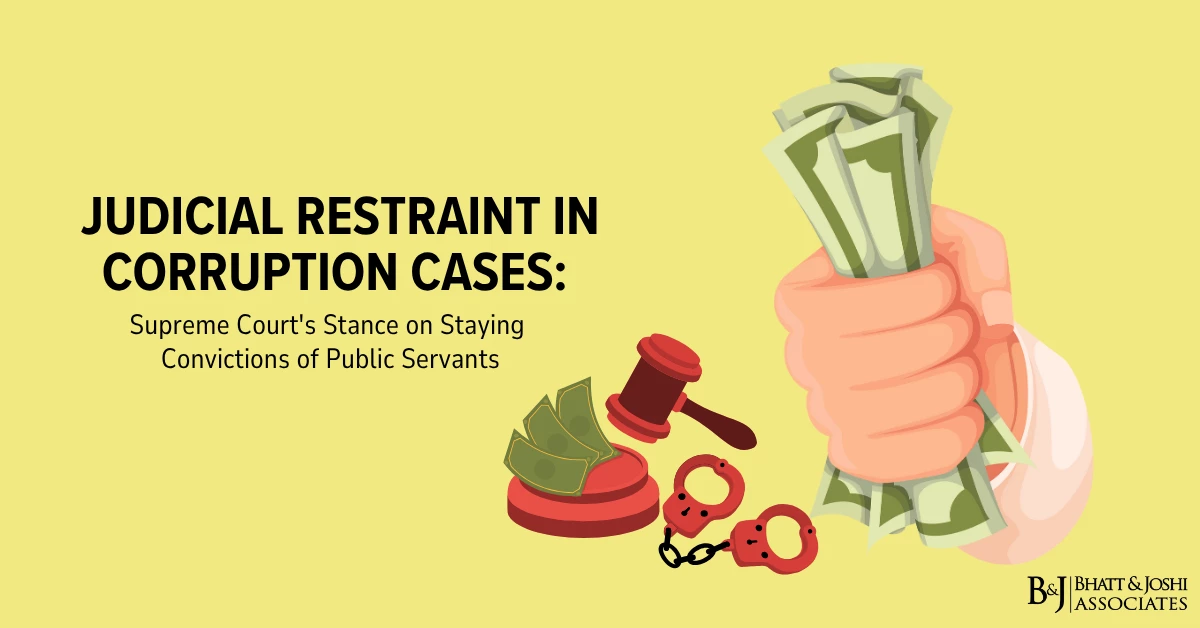Introduction
The global trading system, built on complex networks of tariffs, rules of origin, and trade agreements, increasingly faces sophisticated efforts to circumvent its regulations. Tariff evasion in global trade has emerged as a significant challenge, as countries and companies develop increasingly clever methods to sidestep duties. While tariffs aim to protect domestic industries and ensure fair trade practices, the reality of modern commerce has created numerous opportunities for evasion and manipulation. These practices contribute to a growing shadow economy that undermines trade policy objectives and threatens domestic industrial interests.
Understanding these evasion tactics and developing effective responses has become crucial for maintaining the integrity of the international trading system. The challenge extends beyond simple enforcement to addressing fundamental questions about the nature of global supply chains and the effectiveness of traditional trade policies in a highly interconnected world.
Understanding Tariff Evasion
Tariff evasion in global trade operates through complex networks of intermediaries, shell companies, and transport arrangements designed to obscure the true origin and nature of traded goods. Modern supply chains, with their multiple processing stages and numerous participants, create abundant opportunities for manipulation. What might appear as legitimate trade often masks sophisticated schemes to avoid tariffs and other trade restrictions.
The scale of tariff evasion has grown significantly with globalization. The International Chamber of Commerce estimates that billions of dollars in tariff revenue are lost annually through various evasion schemes. These practices not only reduce government revenue but also undermine the effectiveness of trade policies designed to protect domestic industries and ensure fair competition.
Tariff Evasion Tactics in Global Trade
The methods used to evade tariffs have evolved far beyond simple misclassification of goods. Transshipment, perhaps the most common tactic, involves routing products through intermediate countries to disguise their origin. A Chinese product might be shipped to Malaysia, undergo minimal processing, and then be exported to the United States as a Malaysian product, avoiding higher tariffs on Chinese goods.
Product reclassification represents another sophisticated evasion strategy. Companies might slightly modify products or their descriptions to qualify for lower tariff categories. For example, steel might be slightly altered in composition or finish to qualify for a different customs classification with lower duties. These modifications often provide no functional change but create significant tariff advantages.
The Role of Global Trade Networks in Tariff Evasion
The complexity of modern trade networks facilitates tariff evasion through multiple channels. Free trade zones, originally designed to promote international commerce, often serve as staging areas for tariff evasion schemes. These zones, with their reduced oversight and special customs status, can become critical nodes in circumvention networks.
Special economic zones and tax havens play crucial roles in these arrangements. Companies establish complex corporate structures spanning multiple jurisdictions, making it difficult to trace true ownership and origin of goods. The legitimate business purposes of these zones become entangled with evasion schemes, creating significant enforcement challenges.
Case Studies in Evasion
The case of Vietnamese furniture exports provides a telling example of sophisticated tariff evasion. Following U.S. tariffs on Chinese furniture, Vietnamese exports to the United States increased dramatically. Investigation revealed that many “Vietnamese” products actually originated in China, with minimal processing in Vietnam to claim origin status. The scheme involved complex networks of suppliers, processors, and exporters working to circumvent U.S. trade restrictions.
Similarly, the automotive sector has seen elaborate schemes to exploit rules of origin under trade agreements. Under NAFTA (now USMCA), complex networks developed to route Chinese auto parts through Mexico, with minimal processing to qualify for preferential treatment. These arrangements often operate at the edges of legality, exploiting ambiguities in trade rules and enforcement capabilities.
Economic Impact of Tariff Evasion on Domestic Industries
The economic consequences of tariff evasion extend beyond lost government revenue. Legitimate domestic manufacturers face unfair competition from goods that illegally avoid tariffs. This undermines the protective intent of trade policies and can accelerate the decline of domestic industries the tariffs were meant to protect.
Employment impacts can be significant, particularly in manufacturing sectors competing directly with goods benefiting from tariff evasion. Communities dependent on these industries suffer as companies struggle to compete with artificially cheaper imports.
Detection and Enforcement
Modern enforcement efforts increasingly rely on data analytics and international cooperation. Customs authorities use sophisticated risk assessment systems to identify suspicious trade patterns and potential evasion schemes. However, the volume of international trade and the complexity of supply chains make comprehensive enforcement challenging.
Cooperation between customs authorities has become crucial for effective enforcement. The exchange of trade data and intelligence about evasion schemes helps identify and disrupt circumvention networks. However, differences in legal systems and enforcement capabilities can create gaps that evaders exploit.
Technology Solutions in Tariff Evasion Detection
Emerging technologies offer new tools for combating tariff evasion. Blockchain systems can provide transparent, immutable records of supply chain transactions, making it harder to disguise the true origin of goods. Artificial intelligence and machine learning help identify suspicious patterns in trade data that might indicate evasion schemes.
However, technological solutions face their own challenges. Implementation requires significant investment and international cooperation. Privacy concerns and commercial confidentiality issues must be balanced against enforcement needs.
Policy Responses to Combat Tariff Evasion
Effective responses to tariff evasion require a combination of enhanced enforcement capabilities and policy reforms. Stricter penalties for violations, improved coordination between enforcement agencies, and better resources for customs authorities form part of the solution. However, addressing structural issues in the trading system that facilitate evasion is equally important.
Reform efforts might include:
- Strengthening rules of origin requirements
- Enhancing transparency in free trade zones
- Improving international cooperation in enforcement
- Developing better tracking systems for goods in transit
Future Challenges in Tariff Evasion and Global Trade Enforcement
The future of tariff enforcement faces several key challenges. The continuing evolution of global supply chains creates new opportunities for evasion. Digital commerce and services trade present novel challenges for traditional enforcement approaches. The growing sophistication of evasion networks requires constant adaptation of detection and enforcement methods.
Climate change policies and environmental regulations may create new opportunities for tariff evasion through schemes to avoid carbon border adjustments and environmental standards. Addressing these challenges will require innovative approaches and international cooperation.
Conclusion
The battle against tariff evasion in global trade represents a crucial challenge for maintaining effective trade policies. While complete elimination of evasion may be impossible, significant improvements in detection and enforcement are achievable through technology, international cooperation, and policy reform.
Success requires recognizing that tariff evasion is not merely a technical enforcement issue but reflects deeper challenges in the global trading system. Addressing these challenges requires balancing the benefits of free trade with effective regulation and enforcement.
The future effectiveness of trade policies will depend significantly on the ability to address tariff evasion while maintaining efficient international commerce. This balance becomes increasingly important as global trade patterns evolve and new challenges emerge in the international economic system.














